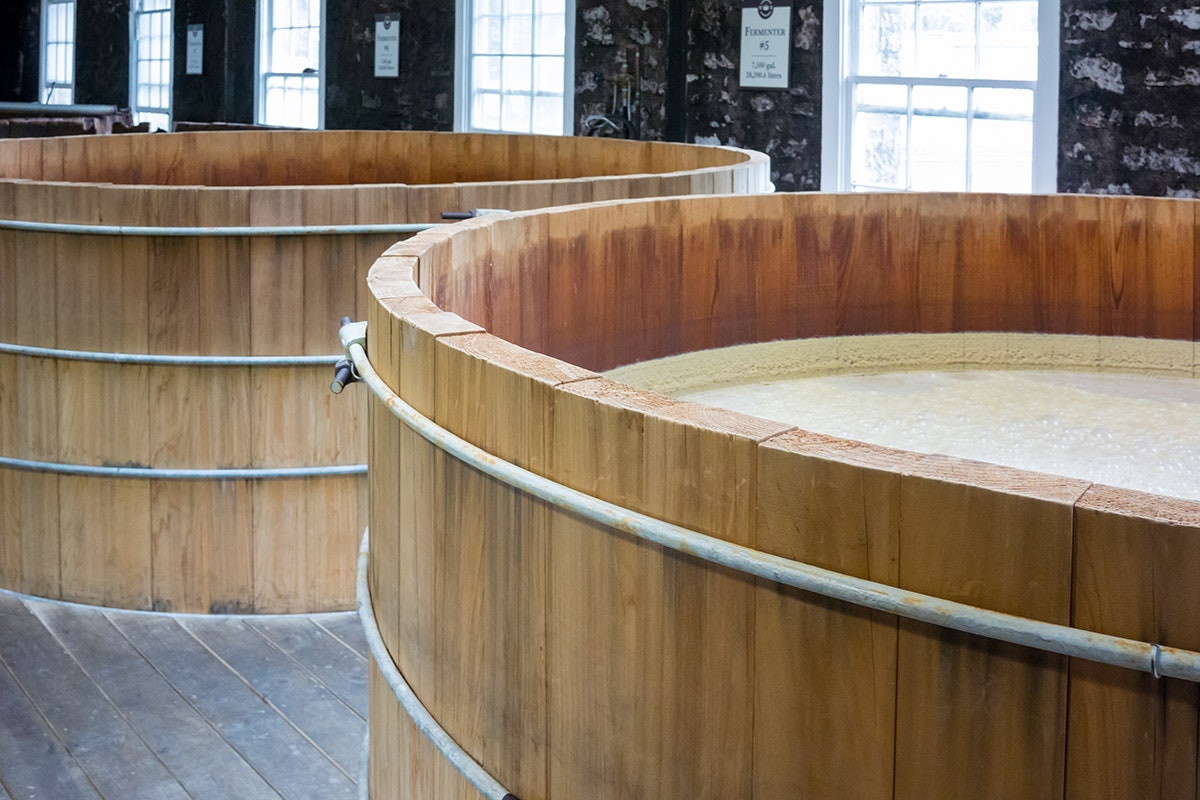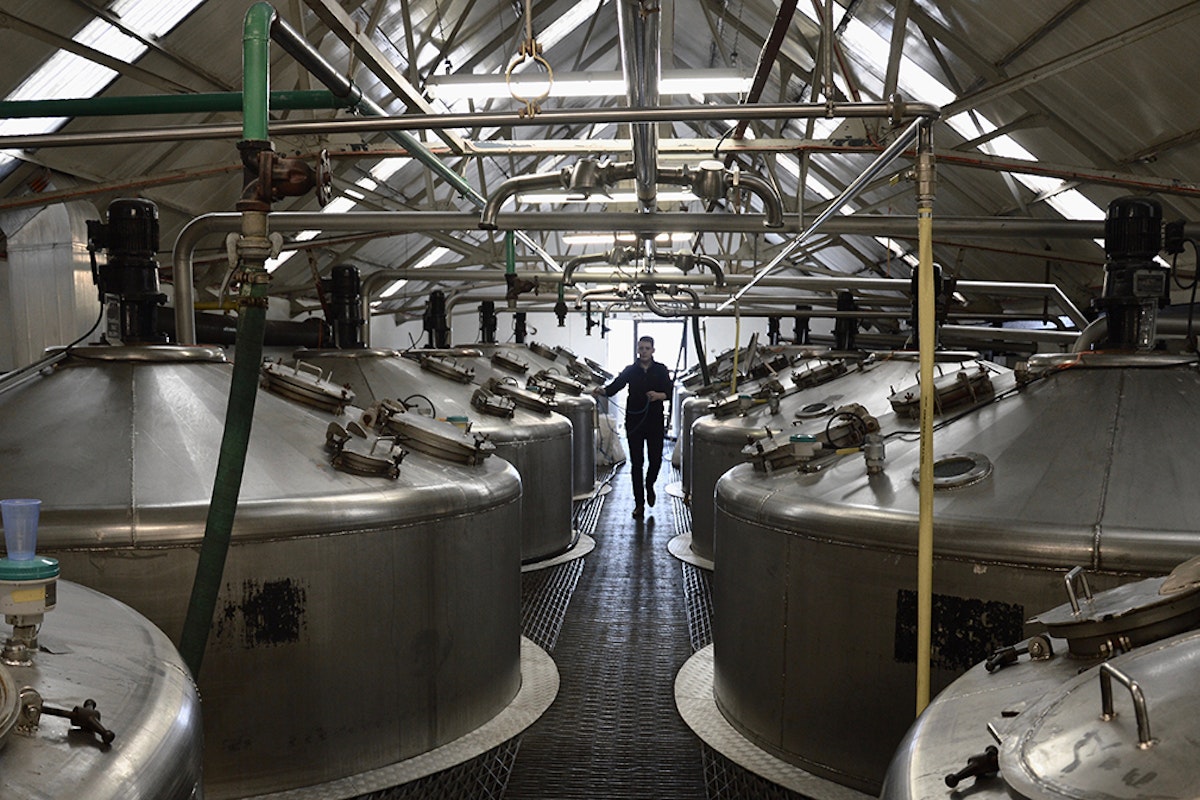There’s always much ado about the ingredients of Scotch whisky. In whisky marketing, barley is often emphasized. Brands remind us of this core element with sweeping shots of fields of golden barley, swaying in the wind. It makes for beautiful imagery, as do shots of burns (stream or small river) meandering their way through the Scottish countryside. Indeed, water is another important ingredient of whisky, and all too eagerly talked about by distilleries as a way to highlight their uniqueness.
That’s not to say water and barley are not important. They have to be, as whisky essentially only consists of three ingredients. It is that third ingredient however, that rarely gets the attention it deserves: yeast. Yeast is one of the core catalysts in the creation of flavor. The fermentation stage of the whisky production process is the foundation upon which all else is built.
The Basics
Fermentation is used in the creation of all of your favorite drinks, from beer and wine, all the way to brandy, tequila, and rum. Simply put, fermentation is the stage in spirit production where alcohol is created. Before fermentation, what whisky distilleries basically do is create an extremely sugary, grainy water, which they call wort. Yeast is then added to the wort, in order to convert fermentable sugars into alcohol.
Distilleries all have their own fermentation regime. Some might opt for a short fermenting period, as alcohol production dramatically declines after about 48 hours, when most of the yeast dies out. What you’re left with is basically a strong beer (roughly 7 or 8 percent alcohol), without the hops. Others will opt for a longer fermentation, sometimes over a hundred hours. Not much alcohol is produced in those latter stages, but new heights of aromatic complexity can be reached.
Wood or Steel
Wooden washbacks—the vessels in which fermentation takes place—made from Oregon pine not only look impressive, but they also ooze tradition and alter the entire look of a tun room. Steel washbacks just don’t have the same transformative visual effect. Ultimately, though, the difference in appearance between the two types is not very significant.

What is significant is the difference between fermentation in wood or steel. Wooden washbacks have an insulating quality, protecting the fermentation from the cold, which sometimes comes in handy in winter. The most important difference between the two is this: steel is more easily cleaned and requires less maintenance, while wood harbors certain bacteria that have their own profound influence on flavor creation. In the end it is not so much a question of which type of washback is better; it is a matter of which a distiller prefers.
How Flavor is Created
Important chunks of flavor in the soon-to-be-whisky are created during fermentation. There are lots of variables at play here, all with a potentially major impact on the final flavor profile of the whisky. The microclimate inside the distillery, the temperature of the fermentation, the amount and type of yeast used, the length of the fermentation; they all affect the end result.
While fermentation is in essence all about alcohol creation, an important byproduct is the formation of flavor compounds. Yeast basically eats the sugars that are part of the wort, breaking them down into alcohol and carbon dioxide. The yeast then transforms some of the alcohol into flavor compounds, like esters, renowned for contributing fruitiness.
 Steel Washbacks at Tomatin / Photo Credit: Thijs Klaverstijn
Steel Washbacks at Tomatin / Photo Credit: Thijs Klaverstijn
In the latter stages of fermentation, when the yeast has quieted down, lactic acid bacteria become active. The chemical reactions ignited by these bacteria will lead to the creation of more esters, acids and long-chain alcohols. They are the compounds that will mostly survive the ensuing distillation, and interact with each other, the air and the wood once the new make spirit is filled into barrels.
Name of the Game
Fermentation is about so much more than creating alcohol. Obviously, without alcohol, there is no whisky. However, without all those flavor compounds generated during this important part of whisky production, you’d end up with an incredibly bland and unrecognizable product. Brands might not talk about it in their marketing, but distillers are acutely aware of the value of fermentation. When it comes to scotch fermentation, creating complexity is the name of the game.
Want to learn more about the products of scotch fermentation?
With Distiller, you’ll always know what’s in the bottle before you spend a cent. Rate, Review, and Discover spirits! Head on over to Distiller, or download the app for iOS and Android today!

